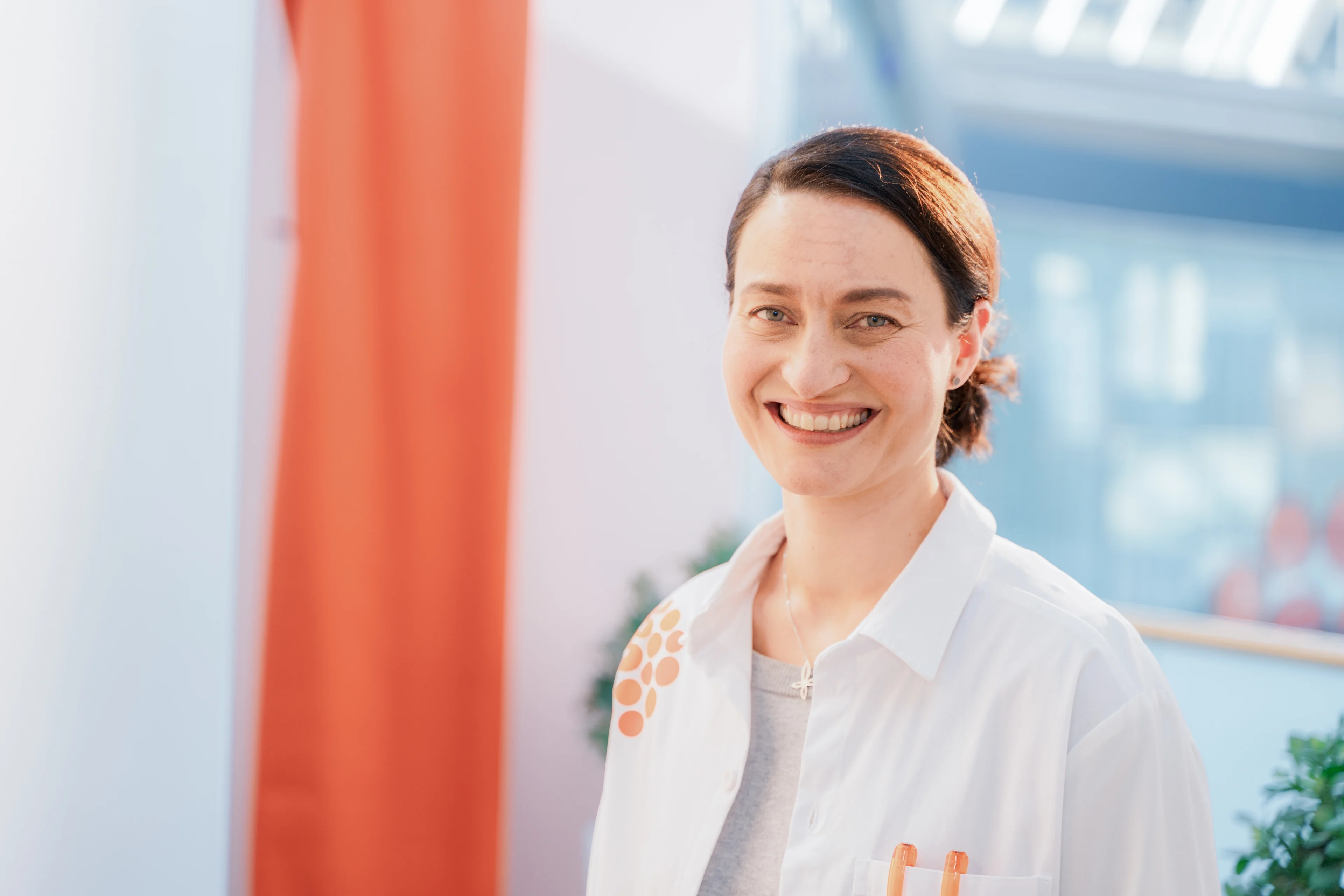
Article
Työmestari service enabled a meaningful continuation to an employee’s career
A years-old injury caused an employee not to be able to continue in their current position. Find out how a solution that suited everyone, in particular the employee, was discovered with the help of tight collaboration.
An injured shoulder made working more difficult
Years ago, the employee was in a traffic accident that resulted in a difficult shoulder injury. After the accident, they had taken a sick leave for about one year before returning to work. They were doing fine at their work in the construction industry until the injured shoulder started showing symptoms five years after the accident. A shoulder operation was planned for the employee, and the insurance company referred the employee to Pihlajalinna.
After the shoulder operation, the employee was scheduled for their first meeting with a Työmestari. They discussed the possibility of returning to work, which was made possible with partial working hours and lightened work with support from the insurance company. Collaboration with occupational healthcare was active at all times. After the partial sick leave ended, there was no more need for the Työmestari service as the customer’s own occupational healthcare continued to monitor the employee’s situation.
As time went on, the employee’s coping at work varied: the employee kept feeling slight pain in the injured shoulder and had other health issues as well. At this point, the employee was not sure how the injury would be reimbursed. This means that occupational healthcare’s arrangements played a major role in their income, and they ended up utilising the Social Insurance Institution of Finland Kela’s partial sickness allowance. When Kela’s partial sickness allowance period ended, the employee was in a situation in which they could no longer work full time. After exertion, the pain situation was difficult and the employee was not able to recover from heavy working days at all.
At this point, an occupational health physician had referred the employee to Pihlajalinna’s work ability coach who in turn contacted a Työmestari. The work ability coach and Työmestari examined the employee’s situation together. They ended up asking for a financial commitment from the insurance company to send the employee to an orthopaedist who was familiar with their situation. The orthopaedist assessed the employee’s need for vocational rehabilitation for the injuries caused by the traffic accident. After the orthopaedist’s assessment, the insurance company issued a decision on vocational rehabilitation. Vocational rehabilitation made it possible for the Työmestari to collaborate with the employee, employer and occupational healthcare to find a suitable new job description for the employee.
How was the new role found?
The employee was not interested in getting a new education and, considering their background, it would have been quite challenging to find a suitable new industry. The employee’s situation would have demanded a rather lengthy training, and they had less than ten working years left before retirement. The employee had had an employment relationship with the same employer the whole time, and their primary wish was that they could continue with the same employer.
After surveying various vocational rehabilitation options, the final result was that the employee started a work try-out with their employer. The occupational health physician participated actively in monitoring the work try-out. The employee evaluated the various tasks actively and experimented with different working hours. After four months of testing, they found a solution that suited both the employer and the employee. The occupational health physician and Työmestari were also favourably disposed towards the solution.
Collaboration enabled the best solution for the employee
A suggestion was made to the insurance company that reimbursed the injury that the employee would continue with the same employer with a 50% working time so that they would have shorter daily working hours and lighter tasks. The company did not have enough suitable tasks for the employee to work full time, but they could offer suitable tasks with part-time hours. This way, the employee could continue working for the same, familiar employer.
Tight collaboration with occupational healthcare, the employer and the insurance company made it possible to find a solution suitable for the employee’s situation that allowed them to continue in a workplace they liked for their remaining working years.
Request an offer on occupational health services
Would you like to hear how we can support the wellbeing of your work community?
Let's build an occupational health solution together that supports both body and mind.






